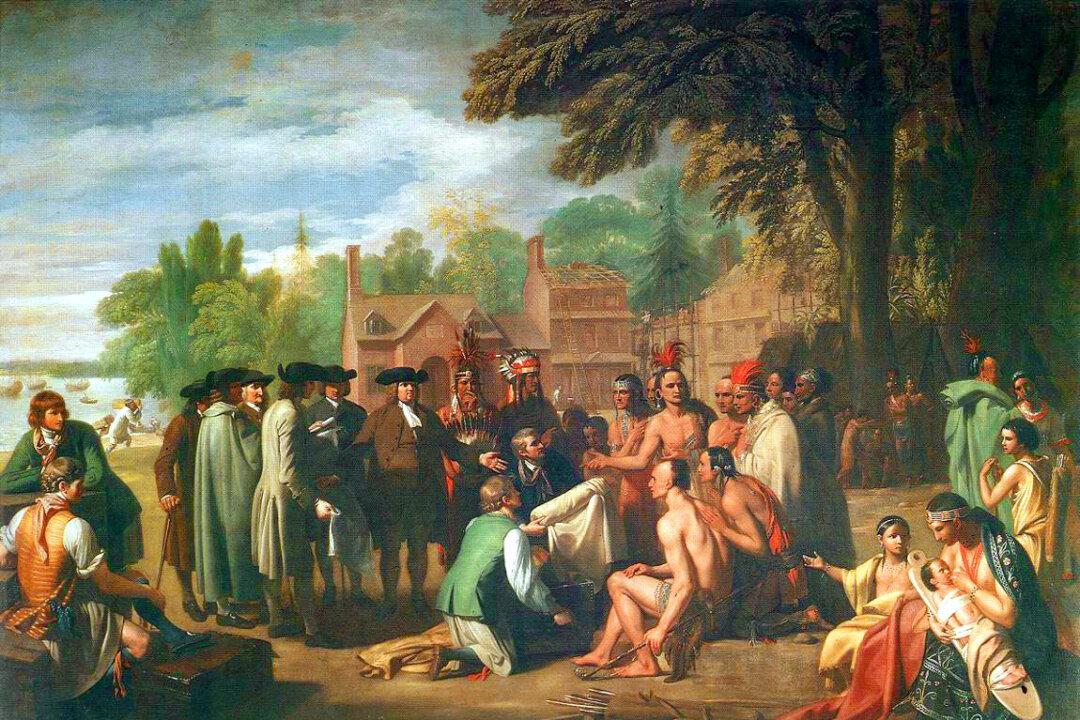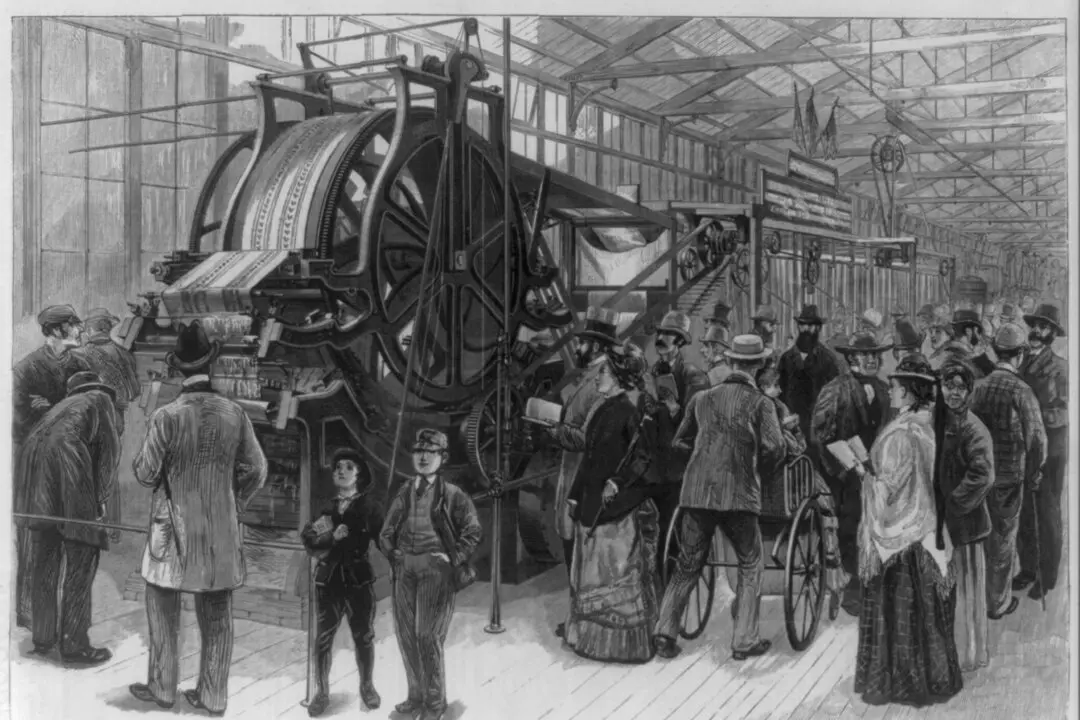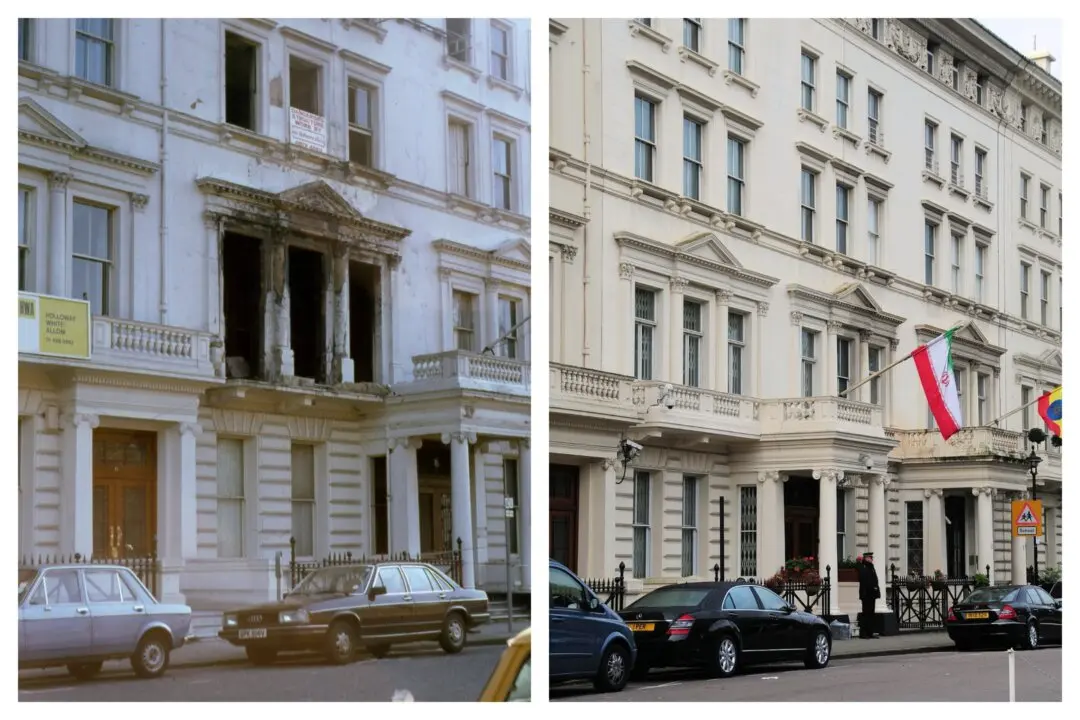William Penn became famous for founding the English province of Pennsylvania in the 1600s, which many call America’s original melting pot society. Penn stood out in American history for several things that he did differently than most colonists, including his unique way of dealing with Native American tribes.
Penn was also known to be a champion of freedom, and his first form of government helped pave the way for the U.S. Constitution. Penn once said, “There can be no friendship where there is no freedom. Friendship loves a free air and will not be penned up in straight and narrow enclosures.”






